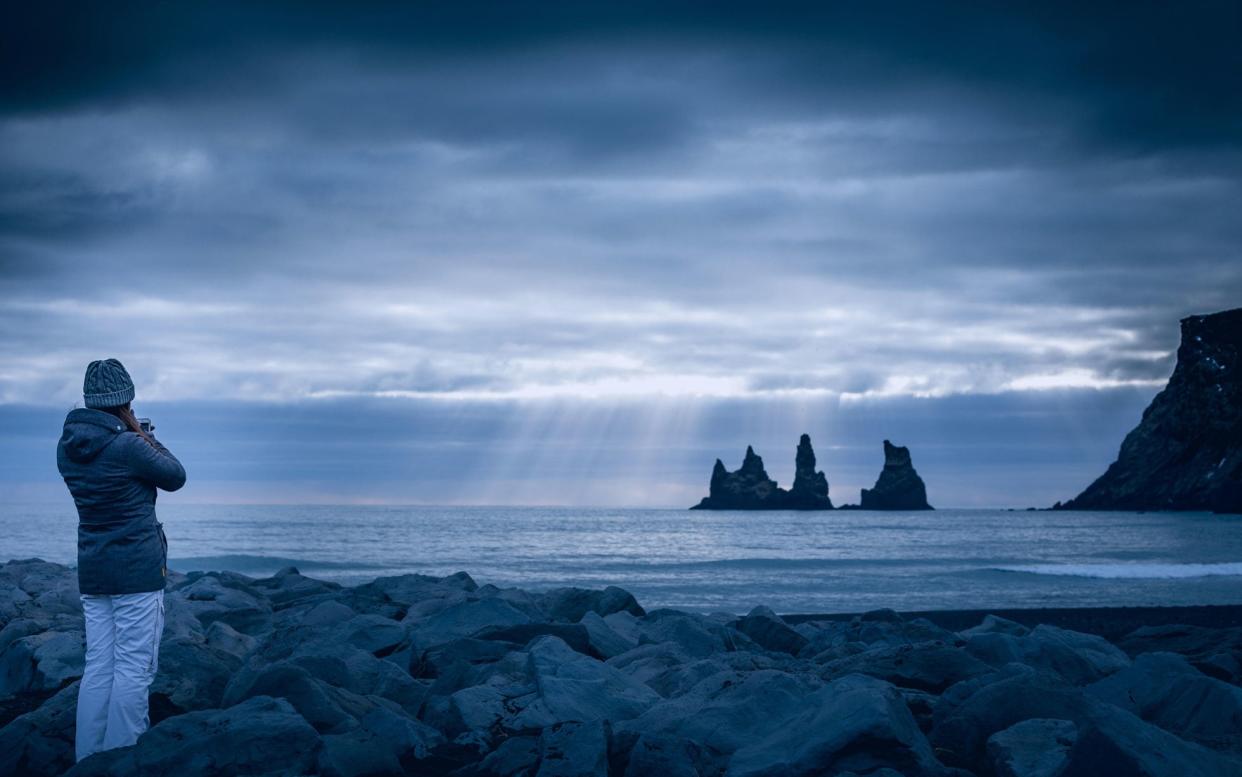Mapped: The best (and worst) countries for gender equality

There are many reasons why you might feel compelled to visit a country: the culture, cuisine and history are all factors that may play a part in your decision making. But what about the destination’s attitude to gender equality - could that sway you?
If so then you may be interested in new research, published this week, from the World Economic Forum (WEF), which, as part of its annual Global Gender Gap Report, ranked almost 150 countries on gender equality.
Enlightened Iceland was found to have a smaller gender gap than any other country - though, crucially, a gap still exists there - followed by Norway and Finland.
That these Scandinavian nations lead the way may not come as a big surprise, but the rest of the top 10 is likely to raise a few eyebrows, given that it features Rwanda and Nicaragua, but not the United Kingdom, which came 15th.
The 20 best countries for gender equality
Iceland
Norway
Finland
Rwanda
Sweden
Nicaragua
Slovenia
Ireland
New Zealand
Philippines
France
Germany
Namibia
Denmark
United Kingdom
Canada
Bolivia
Bulgaria
South Africa
Latvia
At the other end of the table, the shameful end, was war-torn Yemen, though it should be noted that data wasn’t available for all of the world’s countries.

Yemen was followed by Pakistan and Syria as the least equal nations; Saudi Arabia, the only country in the world that prohibits women from driving, was also among the top 10 worst performers.
The 10 worst countries for gender equality
Yemen
Pakistan
Syria
Chad
Iran
Mali
Saudi Arabia
Lebanon
Morocco
Jordan
The WEF marks countries against a range of criteria - including wage equality, number of women in parliament and life expectancy for both sexes - with 0.0 being the lowest score and 1.0 being the highest.
Now in its 11th year, the Global Gender Gap Report has given WEF an opportunity to identify long-term trends in gender equality - and the news isn’t great.
Mapped: The countries that have never been ruled by a woman
While the global gender gap has narrowed since 2006, it has done so at a glacial pace and, should that continue, it would take another 100 years for the world’s women to be on an even footing with men. Furthermore, there has actually been a widening of the gender gap since last year’s study.
“In 2017, we should not be seeing progress towards gender parity shift into reverse,” said Saadia Zahidi, head of education, gender and work at the WEF. “Gender equality is both a moral and an economic imperative.”

